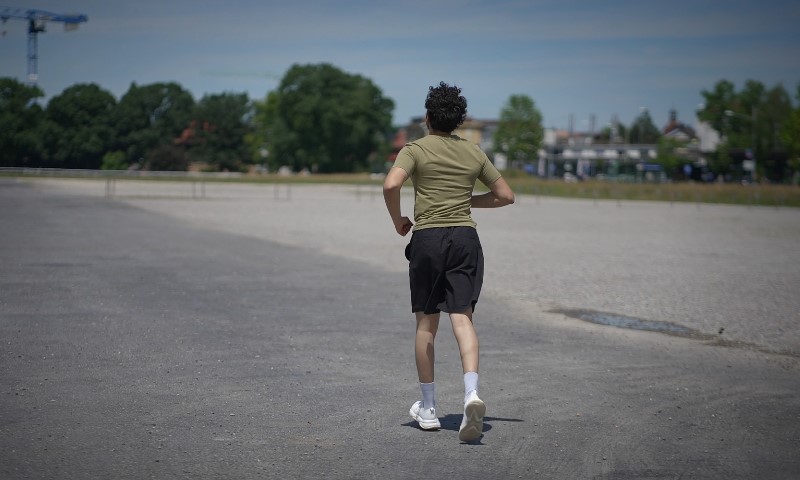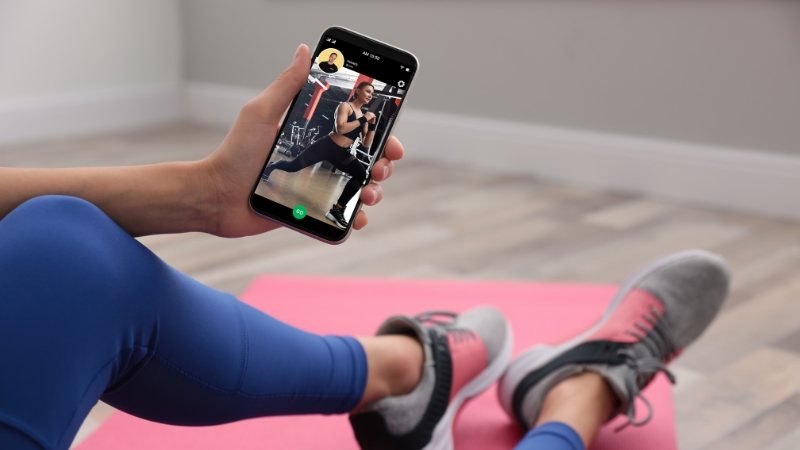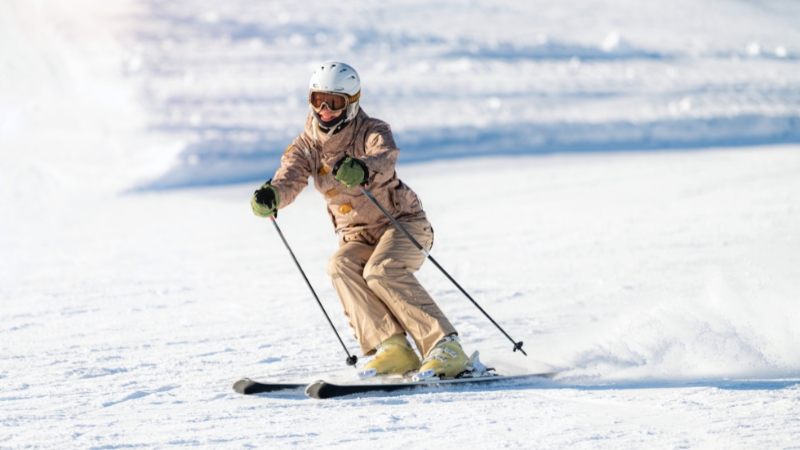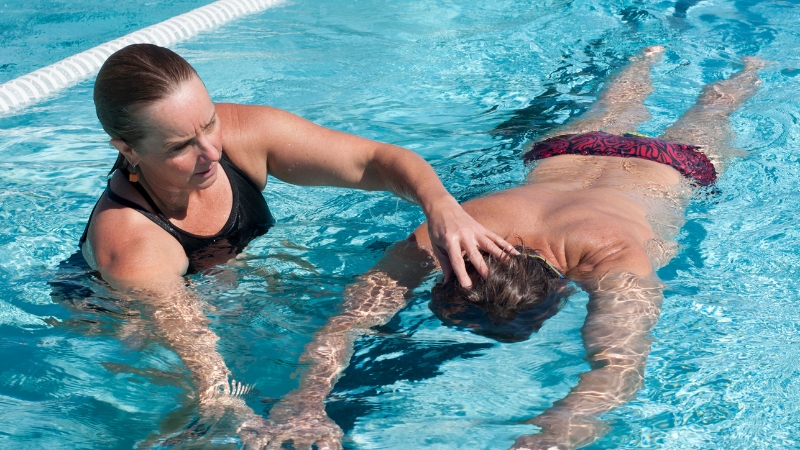
Share Post:
When it comes to teaching someone how to swim, especially children or beginners, safety is not just important—it is non-negotiable.
Every swimming instructor should master a core set of safety skills that go far beyond knowing how to swim well.
These include real-time risk assessment, strong communication, emergency response techniques like CPR and rescue towing, and the ability to maintain order even in high-stress situations.
Whether you are teaching toddlers, teenagers, or adults, your students depend on you to create a safe, structured environment where progress happens without incident.
1. Strong Surveillance and Scanning Techniques
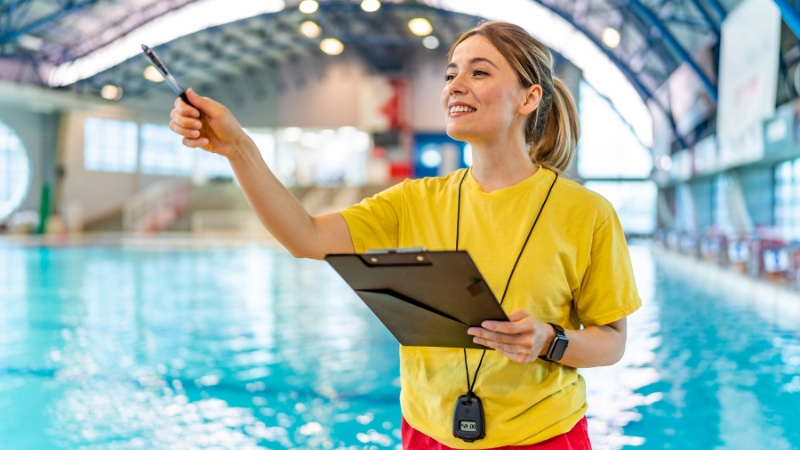
Being a swimming instructor also means being a lifeguard during your session. You must constantly monitor your environment.
This means watching every swimmer, not just the one in front of you. Drownings are often silent—there’s no splashing, no yelling, just a quiet submersion.
Surveillance Techniques Include:
You cannot rely on lifeguards alone during your sessions. As the instructor, you are closest to the action and most able to intervene quickly.
2. Rescue Skills and In-Water Response Readiness
Instructors should practice and perfect basic rescue techniques—not just in theory, but in regular drills. The ability to identify a distressed swimmer and respond instantly can make the difference between a minor scare and a fatal incident.
Key In-Water Rescue Skills:
Rescue Type
When to Use
Tools Used
Reach or throw rescue
For conscious swimmers within arm’s length
Rescue tubes, poles, and ring buoys
Wading assist
For shallow-water incidents
Instructor entry with float
Active drowning rescue
The swimmer is panicked, but above water
Rescue tube or direct tow
Passive drowning rescue
The swimmer is unconscious or below the surface
Backboard, deep-water lift
Rescues must be practiced routinely. Role-playing with fellow instructors and even with swim students during mock drills keeps these responses sharp and reflexive.
3. CPR and First Aid Certification: The Non-Negotiable Standard
Every instructor should be certified in CPR training (Cardiopulmonary Resuscitation) and First Aid before setting foot on the pool deck.
CPR training isn’t optional—it’s life-saving knowledge. Drowning can happen in under 30 seconds, and the moments before medical help arrives are critical.
What CPR Certification Covers:
Certification Component
Skill Outcome
CPR for adults, children, and infants
Responding to cardiac or respiratory arrest
AED use
How to Use an Automated External Defibrillator
Choking protocols
Safe and effective back blows and abdominal thrusts
Basic wound care
How to stop bleeding and care for minor injuries
Most programs, like the American Red Cross or the American Heart Association, require recertification every two years. Instructors who lack up-to-date training put their students at unnecessary risk.
4. Understanding Panic and Student Behavior in Water
When someone panics in the water, things can go south fast. A panicked swimmer doesn’t behave logically—they’re trying to survive, and that can make their movements erratic or even dangerous to others nearby, including the instructor.
Learning to spot the early signs of panic is crucial. Here’s what to look for:
If you notice any of these signs, step in with calm, direct verbal cues. Something as simple as “Float on your back” or “Look at me and kick slowly” can help the student regain control.
Panic can spread fast, so a calm voice, a steady hand, and solid teaching in these moments go a long way. This kind of coaching is just as important as teaching any stroke.
5. Clear Communication and Class Control
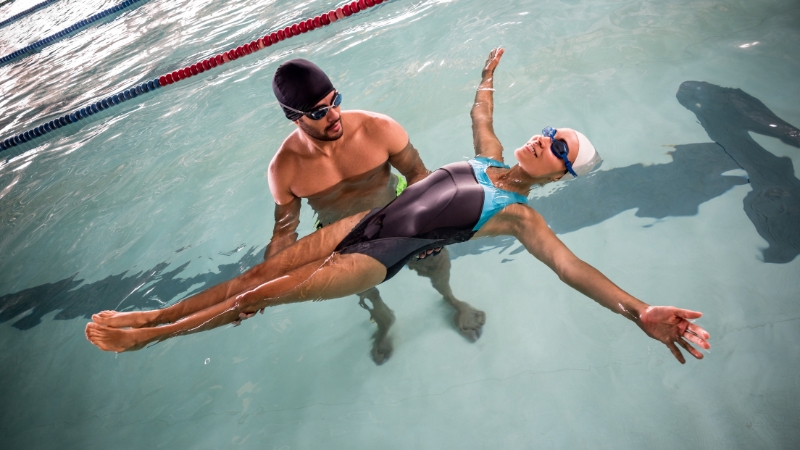
Most swimming accidents happen when someone gets confused or when things get chaotic. That’s why every instructor needs to run a tight, organized class from the start. You don’t need to be a drill sergeant, but you do need structure and clear expectations.
Here are a few ways to keep control and communicate effectively:
Structure keeps everyone safer, and it lets you focus more on teaching instead of constantly fixing distractions.
6. Environmental and Equipment Awareness
Drowning isn’t the only risk at the pool. Injuries happen outside the water, too—on wet tiles, sharp edges, or from broken or misplaced gear. A quick safety check before every class can prevent slips, trips, or chemical accidents.
Use this basic pre-lesson checklist:
What to Check
What to Watch For
Deck and walkways
Slippery patches, mold, cracked tiles
Pool drains and covers
Should be tightly secured and up to code
Rescue gear
Tubes, poles, and backboards should be ready
Chemical balance
Safe chlorine and pH levels, no strong odors
First Aid supplies
Fully stocked kit and AED close by
If something doesn’t look right, delay the session. A quick fix is better than a trip to the ER. Part of your job is making sure the space is as safe as the lesson.
7. Handling Medical Conditions and Emergencies
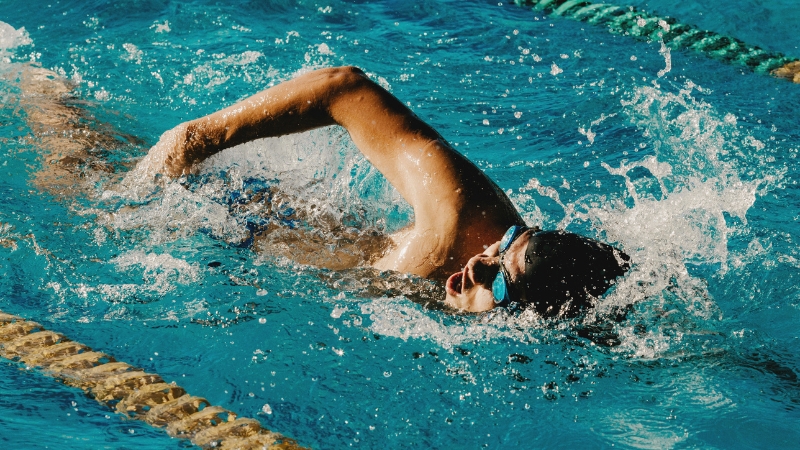
Not every student will tell you upfront about their health issues, but that doesn’t mean you shouldn’t be prepared. Conditions like asthma, diabetes, epilepsy, or severe allergies can lead to emergencies in or near water, and knowing what to do makes all the difference.
Here’s how to stay ahead of a medical emergency:
You don’t need to be a doctor, but you do need to recognize when something isn’t right.
Bottom Line
@coachmikenitroink in bio to get the swim course♬ original sound – Coach Mike Nitro
Safety in the water is not just a background concern—it is the foundation of every successful swim lesson. You can teach perfect backstrokes and flawless dives, but none of it matters if your students are not protected every minute they are near the water.
Many people also wonder if swimming is better than yoga for flexibility and core strength, and while both activities build strong muscles, swimming brings the added challenge of staying safe in a dynamic environment.
Here’s the bottom line: Every swimming instructor must be CPR-certified, rescue-ready, and mentally alert to spot danger before it happens. You need to know how to manage panic in a student, run an organized class with clear boundaries, inspect your environment before every session, and respond quickly to medical issues or emergencies.
Without these core safety skills, instruction becomes risky, no matter how good your technique is.
In this job, being calm, prepared, and proactive can save lives. So keep your training current, your eyes sharp, and your mindset focused on prevention above all else. That’s what separates a swim coach from a true professional.
When safety is built into everything you do, your students gain confidence, parents trust you, and your lessons become not just effective, but life-changing.
Related Posts:
- 10 Safety Tips Every Runner, Walker & Jogger Should Know
- What Every Athlete Should Know About ATP Recovery Cycles
- Can Creatine Cause Constipation? All the Details You…
- Tirzepatide for Weight Loss – What Women Should Know…
- Is a Career in Fitness Right for You? How To Assess…
- What Makes a Great Personal Trainer - Must-Have…


